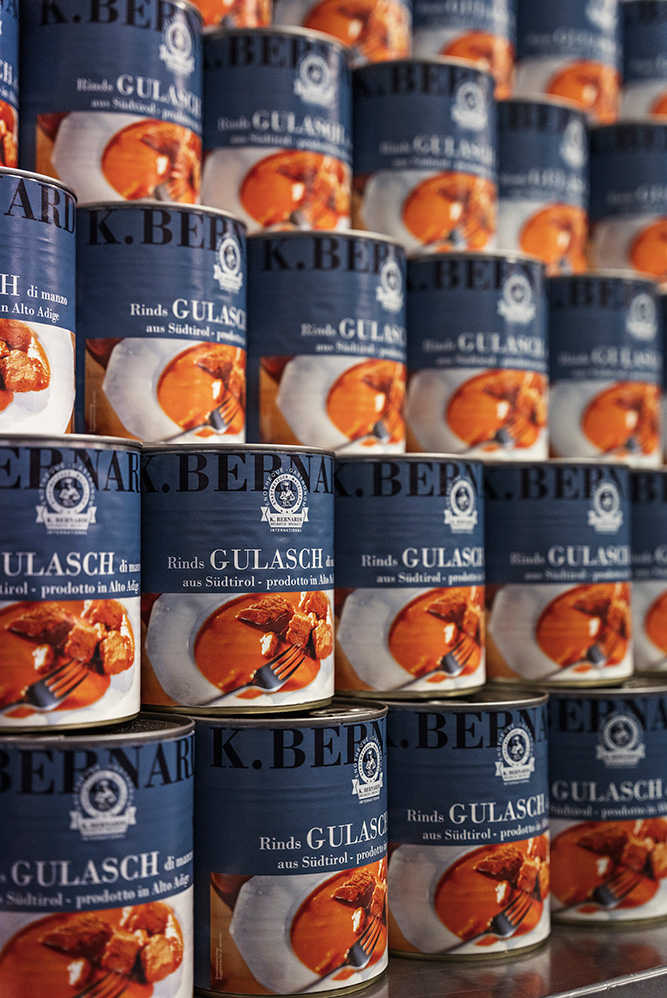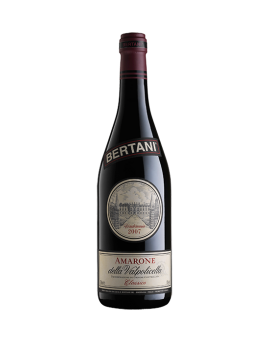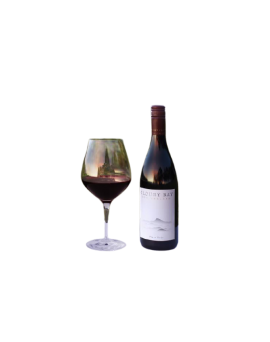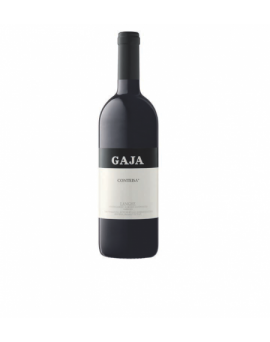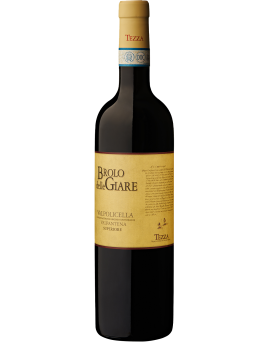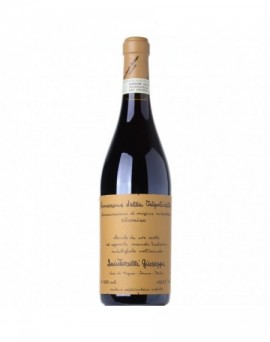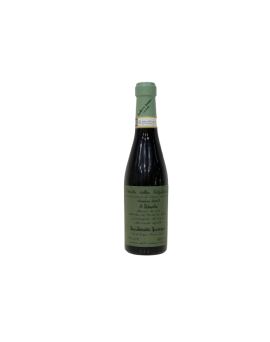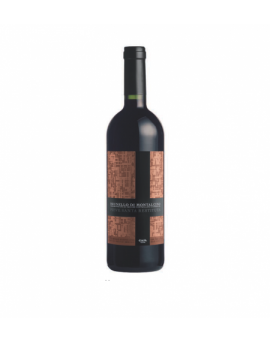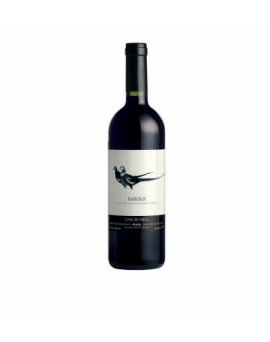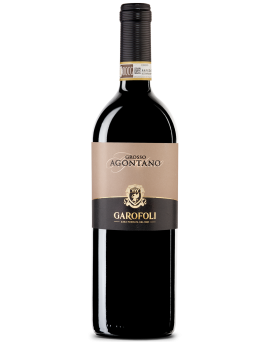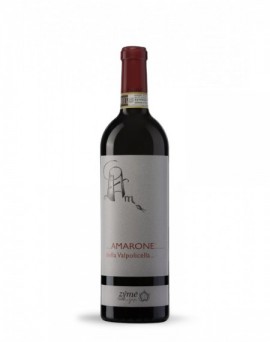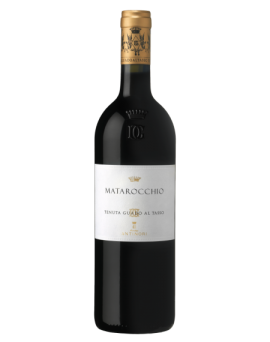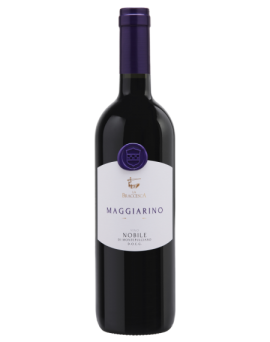Amarone Valpolicella 2007...
AMARONE CLASSICO<br />Amarone della Valpolicella Classico Doc<br />A timeless wine.<br />Production area: Valpolicella Classica, Tenuta Novare in Arbizzano di Negrar.<br />Soil: calcareous and basaltic.<br />Grape varieties: 80% Corvina Veronese, 20% Rondinella.<br />Production method: traditional natural method. Resting on arèle (traditional bamboo racks): 120 days. Pressing in the first days of January. Maturation for 6-7 years in 60 hl<br />Slavonian oak barrels.<br />Style: an identity wine with personality and recognisability. A distinctive Amarone with a classic style, where elegance always prevails over power. Complex, balanced and<br />harmonious. A wine with an inestimable and extraordinary longevity. Intense red colour with garnet hues. The typical notes of plum, cherry and morello cherry stand out on<br />the nose, followed by a wide variety of tones: dried fruit, tea leaf, liquorice and spices. On the palate, hints of red berry fruit, sweetened by soft notes of vanilla, in perfect<br />balance with acidity and tannic notes.<br />Recommended pairings It can be paired with red meats, game and mature cheeses but is also a perfect companion at the end of a meal and in meditation.<br />
Price
€164.80

